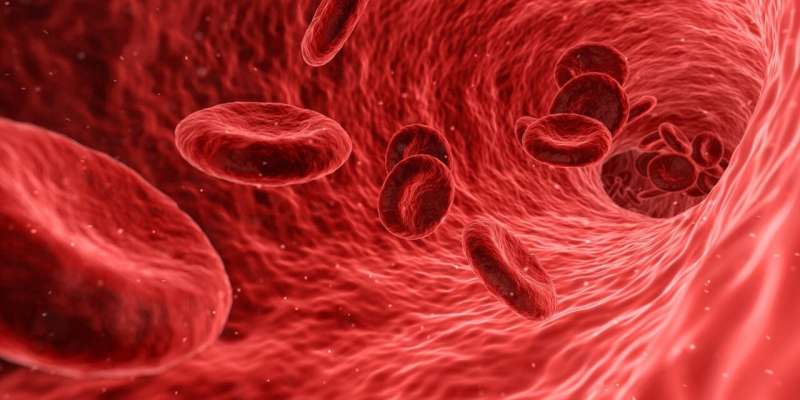Experts Emphasize Essential Steps to Minimize Stroke Risk During Awareness Month

National Stroke Awareness Month highlights crucial strategies for stroke prevention, emphasizing blood pressure control, lifestyle changes, and managing risk factors to save lives and reduce disability.
May marks National Stroke Awareness Month, a vital period dedicated to educating the public on prevention and early recognition of strokes. Stroke is a significant health concern in the United States, occurring approximately every 40 seconds, and its risk increases with age. According to the National Institutes of Health, understanding and managing risk factors can substantially reduce the likelihood of experiencing a stroke.
Preventing strokes is a top priority, as around 80% of all strokes are considered preventable through lifestyle modifications and medical management. A stroke happens when a blood vessel in the brain becomes blocked or ruptured, leading to decreased blood flow and potentially severe disability or death.
Leading health experts from Mayo Clinic stress the importance of controlling modifiable risk factors to lower long-term stroke risk. Essential measures include maintaining blood pressure below 130/80 mm Hg, managing cholesterol and blood sugar levels, quitting smoking, treating sleep apnea with devices like CPAP, and addressing other health issues that contribute to stroke risk.
While some risk factors cannot be changed—such as age over 55, male sex, race, and family history—individuals can take proactive steps to mitigate their overall risk profile. For example, those with a family history of stroke or African American individuals should be especially vigilant.
Awareness and early intervention are key to reducing the impact of strokes. Healthcare professionals recommend regular health check-ups, lifestyle adjustments, and proper management of existing health conditions to prevent strokes and improve outcomes during this important awareness month.
Stay Updated with Mia's Feed
Get the latest health & wellness insights delivered straight to your inbox.
Related Articles
Combining Incentives, Text Reminders, and Community Engagement Significantly Improves Child Immunization Rates
A groundbreaking study from MIT reveals that integrating incentives, text reminders, and community outreach can dramatically improve childhood immunization rates in India with cost-effective strategies.
Research Shows Female and Male Elite Athletes' Heart Adaptations Differ Significantly
New research reveals distinct differences in how female and male elite athletes' hearts adapt to intense training. Understanding these differences improves diagnosis and protection against heart disease.
Study Identifies Age 70 as the Threshold for Chemotherapy Effectiveness in Colorectal Cancer Patients
A comprehensive study reveals that patients aged 70 or younger with stage III colorectal cancer benefit from oxaliplatin-based chemotherapy, while older patients do not, guiding personalized treatment strategies.
Strategies to Shorten Waiting Periods for Hip and Knee Replacement Surgeries
New research highlights effective care models such as regional team-based approaches and centralized referral systems to reduce long wait times for hip and knee replacements in Canada, enhancing patient outcomes and healthcare equity.



